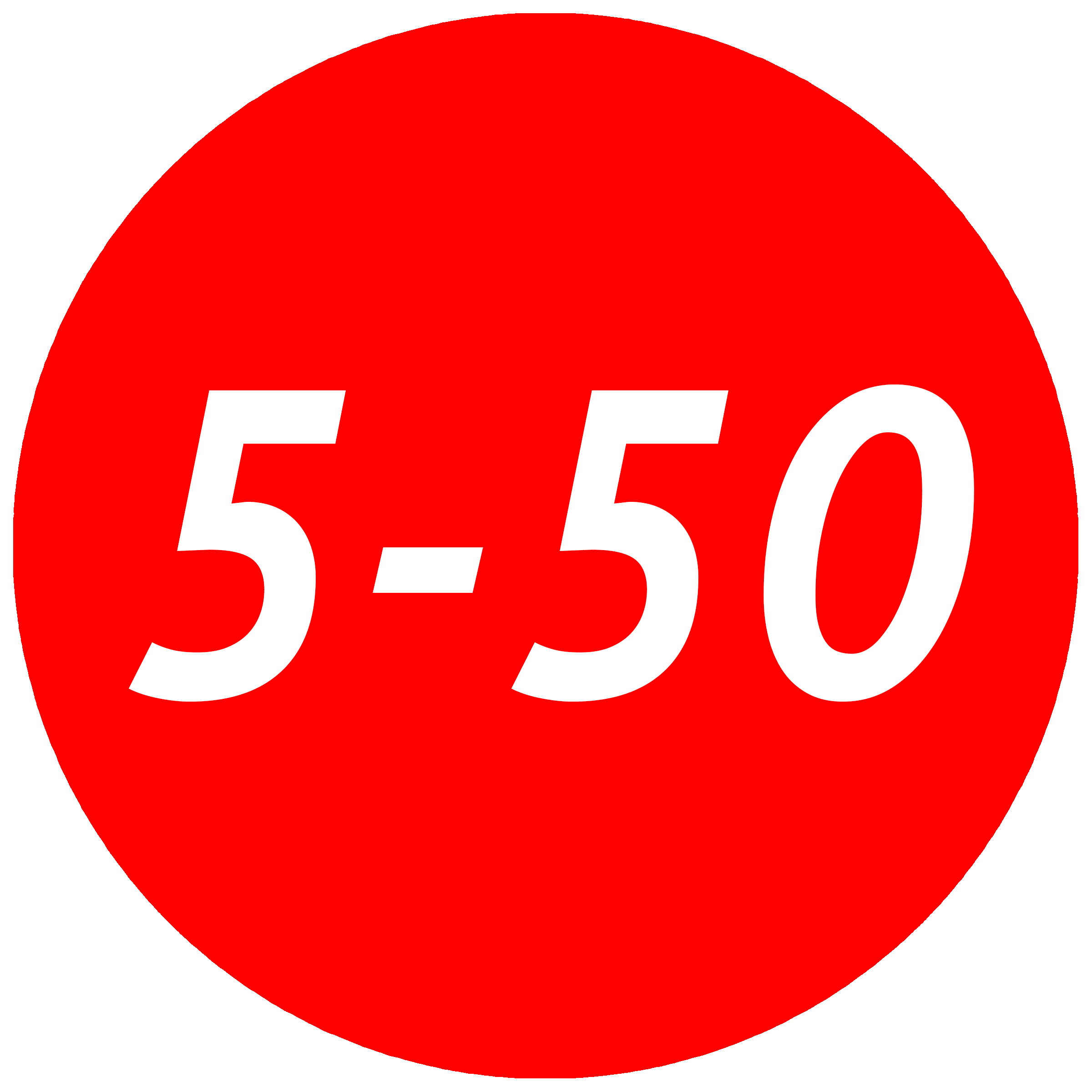In the February of this year, 5-50 presented No-Man’s Land, a 3-person exhibition which included the paintings of Theresa Bloise, Su A Chae and sculptures by Radka Salcmannova. Through the aesthetic diversity of these works’ shared mode of abstraction as a means to reconstitute subjective and discreet observation, 5-50’s gallerists’ invite us to consider the suspension of certainty as a locus of stable meaning.
Theresa Bloise’s works, whose subjects range from found stones to interplanetary landscapes, preserve elaborations of perceptual gaps within her observations and depict a poetics of empiricism. Although painted from collaged images of the well-known Yellowstone National Park, the monumental Drippy Mountain vibrates with an alien presence. In preserving the granular specificity of close-up detail, present despite the apparent breadth of distance, Bloise introduces an ambiguity of implied materiality that interrupts the assumption of objectivity that attends long-habituated modes of perceiving. Close to the Terminating Line presents an overhead view of the titular event which, utilized in astronomy to make far-off calculations, describes the division between day and night as an observable phenomenon on a distant planet’s edge. We are thus presented with the direct experience of a concept normally abstracted by the assumed presence of a distant vantage point.
As though having emerged from the crags of Bloise’s caves, Radka Salcmannova’s sculptures hold a stationary position above the gallery floor as though frozen within an ocean’s depths; the psycho-musculature of the sculptures’ exposed surfaces shimmer in counterpoint to their forms’ dynamic gestalt. These complex organic surfaces were initially designed as garments included in New York and Los Angeles Fashion Week programs. Having royal blue as a base color, the sculptures’ edges fluctuate in robust yellows, greens, and reds as though in response to unseen discrepancies in the atmosphere, disclosing a possible sentience. In the dresses’ recreation into reliquaries, Salcmannova builds up passes of silicone and pigment, weaving the coral-like plastic into paradoxically organic expressions of mechanical urban life. At once embodying the macrocosm of the environment and the microcosm of their implied subjectivity Radka’s sculptures demonstrate the nature of a holographic unity.
In a departure from her co-exhibitors, whose work omits the human, Su A Chae’s work entirely predicates itself upon her unique humanity. They present Su’s autobiography encoded within a unique structure of abstraction; she cites her unlikely proficiency in both financial accounting and fine art as equal components of her paintings that express the contingencies of living within a foreign language and culture. Mundane experiences serve as catalysts for such works; Battle of Flowers No. 1 was inspired by one encounter with a vase of orchids at a friend’s home; to Chae, the moment immediately recalled the image of an orchid in A Life of Non-Possession – an essay by Bopjong, Korean Monk and Writer. Square petals that blend background with foreground are at once vocabulary cards that drilled the English language into her mind and the Korean Bojagi textiles of her homeland. Flowers No. 2 continues this theme, detaching the petals from their stems to more freely interact with the canvas’s cosmos while their uniform textile pattern paradoxically reinforces the insurmountable psychological barrier Su identifies as ever-present within a foreign culture. It’s within these works that Chae establishes space for the discreet facets of her awareness to emerge from their interrupted homeostasis and participate in a totality.
While Theresa Bloise and Su Chae’s landscapes chart indeterminate internal and external space, Radka Salcmanova’s sculptures embody a synthetic expression of the two. Above this trifecta one may glimpse an imaginal fourth space, aptly titled "No Man’s Land." WM
